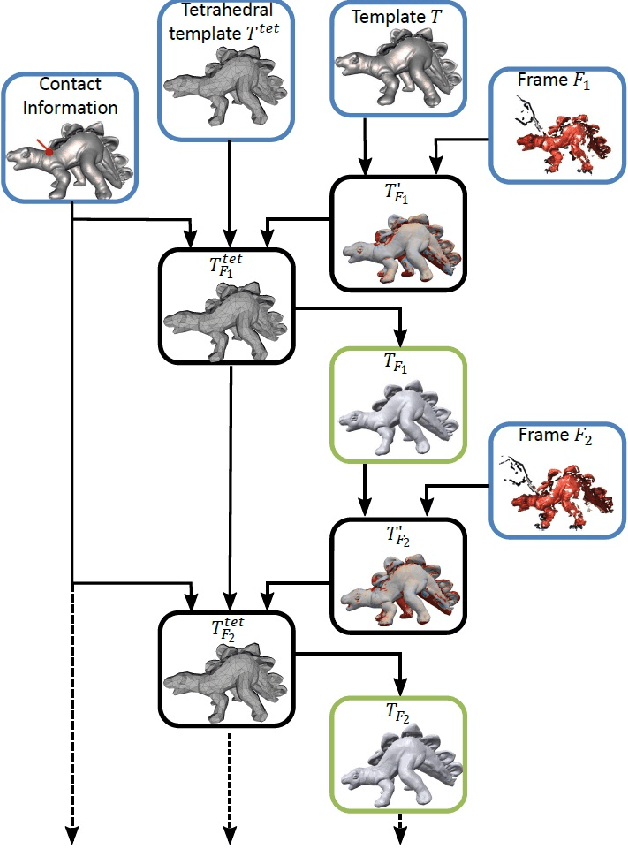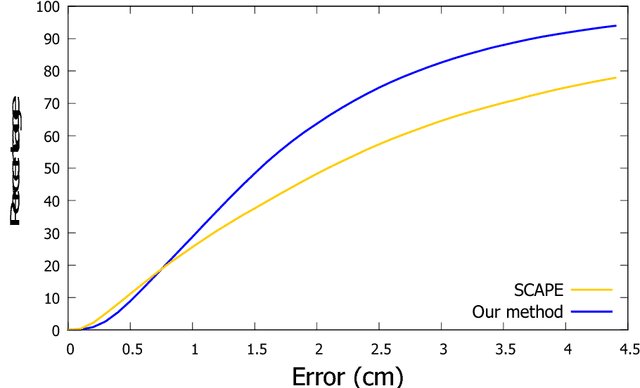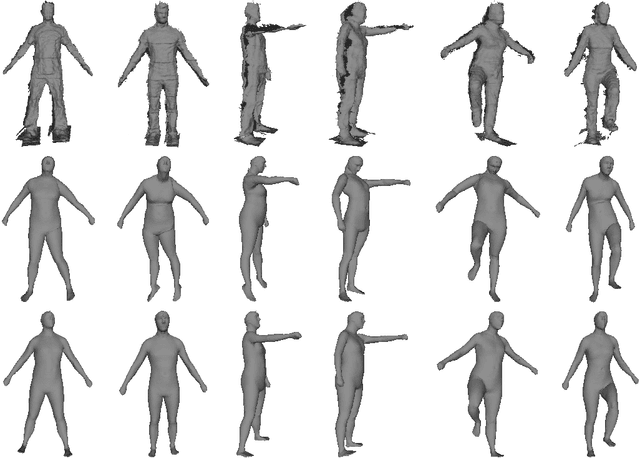Jochen Lang
A Novel Center-based Deep Contrastive Metric Learning Method for the Detection of Polymicrogyria in Pediatric Brain MRI
Nov 22, 2022Abstract:Polymicrogyria (PMG) is a disorder of cortical organization mainly seen in children, which can be associated with seizures, developmental delay and motor weakness. PMG is typically diagnosed on magnetic resonance imaging (MRI) but some cases can be challenging to detect even for experienced radiologists. In this study, we create an open pediatric MRI dataset (PPMR) with PMG and controls from the Children's Hospital of Eastern Ontario (CHEO), Ottawa, Canada. The differences between PMG MRIs and control MRIs are subtle and the true distribution of the features of the disease is unknown. This makes automatic detection of cases of potential PMG in MRI difficult. We propose an anomaly detection method based on a novel center-based deep contrastive metric learning loss function (cDCM) which enables the automatic detection of cases of potential PMG. Additionally, based on our proposed loss function, we customize a deep learning model structure that integrates dilated convolution, squeeze-and-excitation blocks and feature fusion for our PPMR dataset. Despite working with a small and imbalanced dataset our method achieves 92.01% recall at 55.04% precision. This will facilitate a computer aided tool for radiologists to select potential PMG MRIs. To the best of our knowledge, this research is the first to apply machine learning techniques to identify PMG from MRI only.
Detail Preserving Residual Feature Pyramid Modules for Optical Flow
Jul 23, 2021



Abstract:Feature pyramids and iterative refinement have recently led to great progress in optical flow estimation. However, downsampling in feature pyramids can cause blending of foreground objects with the background, which will mislead subsequent decisions in the iterative processing. The results are missing details especially in the flow of thin and of small structures. We propose a novel Residual Feature Pyramid Module (RFPM) which retains important details in the feature map without changing the overall iterative refinement design of the optical flow estimation. RFPM incorporates a residual structure between multiple feature pyramids into a downsampling module that corrects the blending of objects across boundaries. We demonstrate how to integrate our module with two state-of-the-art iterative refinement architectures. Results show that our RFPM visibly reduces flow errors and improves state-of-art performance in the clean pass of Sintel, and is one of the top-performing methods in KITTI. According to the particular modular structure of RFPM, we introduce a special transfer learning approach that can dramatically decrease the training time compared to a typical full optical flow training schedule on multiple datasets.
Fully Convolutional Network for Melanoma Diagnostics
Jun 12, 2018



Abstract:This work seeks to determine how modern machine learning techniques may be applied to the previously unexplored topic of melanoma diagnostics using digital pathology. We curated a new dataset of 50 patient cases of cutaneous melanoma using digital pathology. We provide gold standard annotations for three tissue types (tumour, epidermis, and dermis) which are important for the prognostic measurements known as Breslow thickness and Clark level. Then, we devised a novel multi-stride fully convolutional network (FCN) architecture that outperformed other networks trained and evaluated using the same data according to standard metrics. Finally, we trained a model to detect and localize the target tissue types. When processing previously unseen cases, our model's output is qualitatively very similar to the gold standard. In addition to the standard metrics computed as a baseline for our approach, we asked three additional pathologists to measure the Breslow thickness on the network's output. Their responses were diagnostically equivalent to the ground truth measurements, and when removing cases where a measurement was not appropriate, inter-rater reliability (IRR) between the four pathologists was 75.0%. Given the qualitative and quantitative results, it is possible to overcome the discriminative challenges of the skin and tumour anatomy for segmentation using modern machine learning techniques, though more work is required to improve the network's performance on dermis segmentation. Further, we show that it is possible to achieve a level of accuracy required to manually perform the Breslow thickness measurement.
Finite Element Based Tracking of Deforming Surfaces
Oct 28, 2014



Abstract:We present an approach to robustly track the geometry of an object that deforms over time from a set of input point clouds captured from a single viewpoint. The deformations we consider are caused by applying forces to known locations on the object's surface. Our method combines the use of prior information on the geometry of the object modeled by a smooth template and the use of a linear finite element method to predict the deformation. This allows the accurate reconstruction of both the observed and the unobserved sides of the object. We present tracking results for noisy low-quality point clouds acquired by either a stereo camera or a depth camera, and simulations with point clouds corrupted by different error terms. We show that our method is also applicable to large non-linear deformations.
* additional experiments
Estimation of Human Body Shape and Posture Under Clothing
Jun 26, 2014



Abstract:Estimating the body shape and posture of a dressed human subject in motion represented as a sequence of (possibly incomplete) 3D meshes is important for virtual change rooms and security. To solve this problem, statistical shape spaces encoding human body shape and posture variations are commonly used to constrain the search space for the shape estimate. In this work, we propose a novel method that uses a posture-invariant shape space to model body shape variation combined with a skeleton-based deformation to model posture variation. Our method can estimate the body shape and posture of both static scans and motion sequences of dressed human body scans. In case of motion sequences, our method takes advantage of motion cues to solve for a single body shape estimate along with a sequence of posture estimates. We apply our approach to both static scans and motion sequences and demonstrate that using our method, higher fitting accuracy is achieved than when using a variant of the popular SCAPE model as statistical model.
* 23 pages, 11 figures
 Add to Chrome
Add to Chrome Add to Firefox
Add to Firefox Add to Edge
Add to Edge